I first heard about LiteAF from a friend who swung through town after finishing the CDT a few years ago. He had a striking orange and black snakeskin pack that looked like part of a Halloween costume but was actually an ultralight, Dyneema Composite Fabric (DCF) pack. It was made by LiteAF, a company I’d never heard of.
Until then, I’d only seen DCF in stock solids from companies like Zpacks and Hyperlite Mountain Gear. My own packs were muted earth tones, which made me more curious about his setup. Not curious enough to do any research though, and after he left I promptly forgot about it.

The next year, Jeff Garmire mentioned his Long Trail FKT pack was custom-made by LiteAF. He’d needed a pack that would compress tightly during the unsupported record, with all pockets accessible on the move. “That’s the snakeskin pack company!” I thought, then forgot about it again. I am nothing if not dedicated to my research.
A year later, and the company is experiencing rapidly expanding popularity in the cottage-industry backpacking world—their DCF packs have a 23-week lead time, and the orders continue to pour in.

From Refrigeration Projects to Custom Made Gear
Founder Chris Millard started the company in June of 2018. He wanted to build a pack to his own specifications: stretchy mesh back pocket, water bottle pockets accessible without removing the pack, and the type of lightweight simplicity popular on long-distance trails. Other hikers seemed to agree, and two months later, Millard was so busy with packs that he quit his job managing refrigeration projects (“it totally sucked”) to build packs out of his 160-square-foot garage.
Shortly after going full-time with LiteAF, Millard partnered with Dutchware Gear to create a vibrant, custom-printed pack. Buoyed by the community response, he started buying printed DCF from Dutchware Gear and Ripstop by the Roll.
Last spring, Millard invested in his own printer and heat press to create unlimited designs, patterns, and artist collaborations. You’ll see LiteAF packs in rainbow swirls, mirrored black-and-white graphics, or an eyeball-assaulting unicorn sparkle requested by an adult with a feverish desire for a pack “a unicorn-obsessed five-year-old would love.”
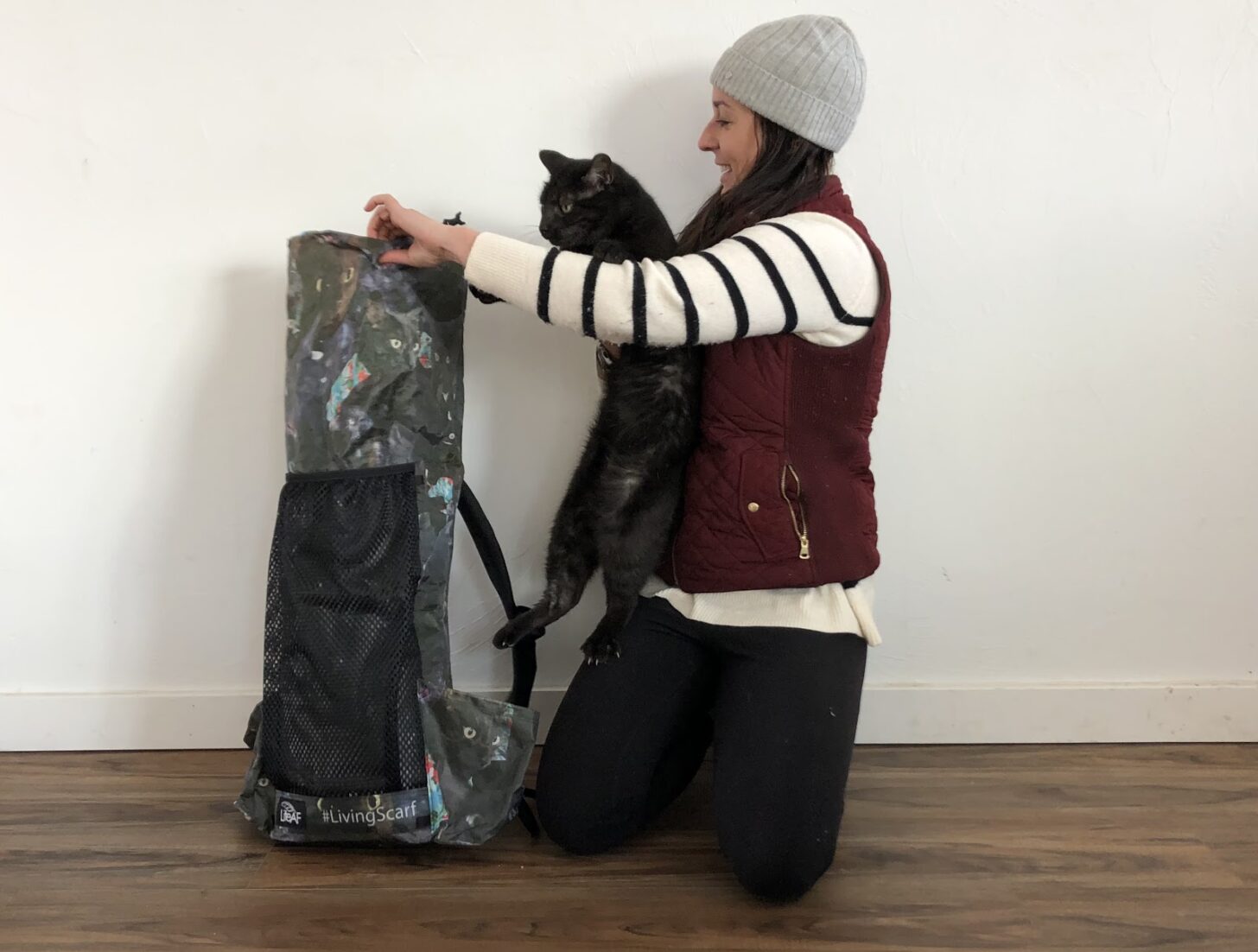
The process of printing on DCF is fascinating. It’s called dye sublimation. First, the pattern or image is printed onto paper. From there, the paper is placed under the DCF—“a Dyneema sandwich,” says Millard—then the components are placed in a heat press. The heat from the press turns the liquid ink into a vapor, and the vapor is then imprinted onto the DCF. Here’s a video on the process:

“Dye sublimation works really well on polyester,” says Millard. “The outer coating of our DCF packs is polyester, which is why the packs come out so vibrant.”
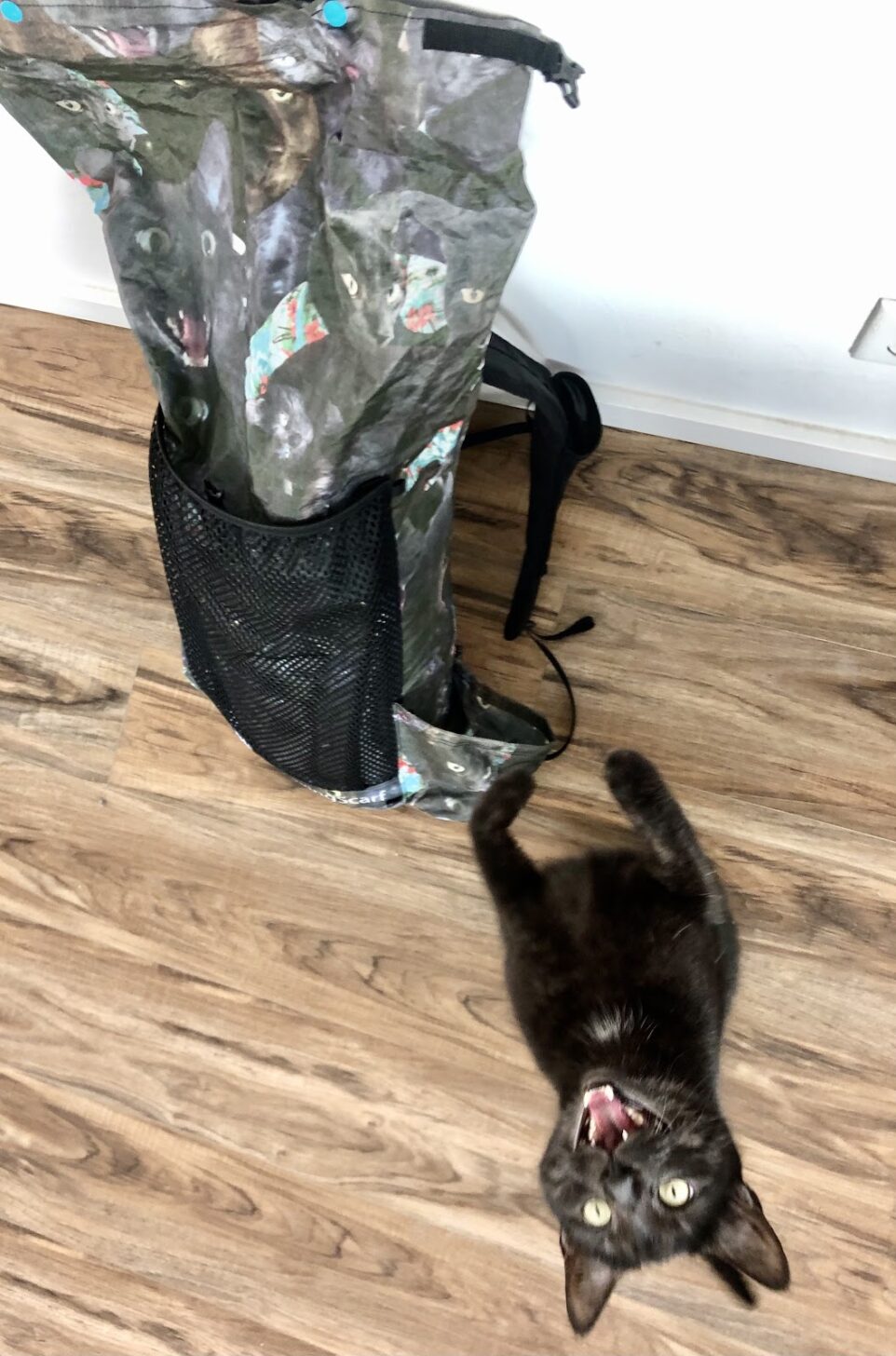
Making Gear Personal
When Jeff received a LiteAF tiger-print pack for the Colorado Trail FKT in August of 2020, (disclosure: Jeff received the pack in question as part of a sponsorship program) I was envious. It was my first time seeing the latest print capabilities in person. The new pack wasn’t just a drawn pattern—I could see the actual fur of the tiger. I screeched when he opened it, which tells you a lot about the excitement in my life over the past year. I immediately wanted a pack with my insane cat’s face all over it, which also speaks to my state of mind.
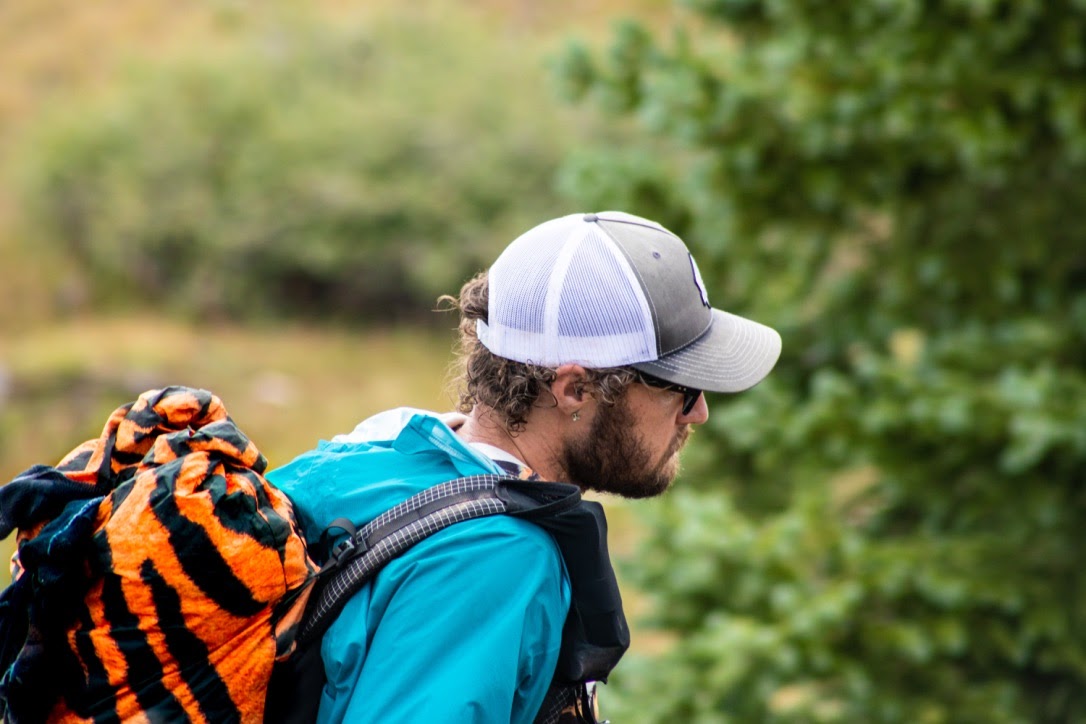
A printed DCF pack is technical, ultralight backpacking gear infused with personality. You can be weird, and you can have a technical pack. For me, a pack with my cat’s face on it is a way to avoid the self-seriousness that (I think) comes with the ultralight life and helps balance out the fact that somehow all of my hiking clothes are navy blue. Printed packs are part of a growing trend towards color and uniqueness from cottage pack makers. Scrap packs are another example.
Millard has a no-error rule with everything that goes out the door. “If you have one stitch out of place on a DCF pack, that hole is there forever,” he says. “We have to toss it if something is out of place.”
Because of these standards, plus the high price of raw materials, Millard sews every DCF pack himself. He’s recently expanded to X-Pac offerings, which he leaves to his half-dozen sewers. This means the lead time on X-Pac is four weeks, compared to the 23 weeks for a DCF pack.
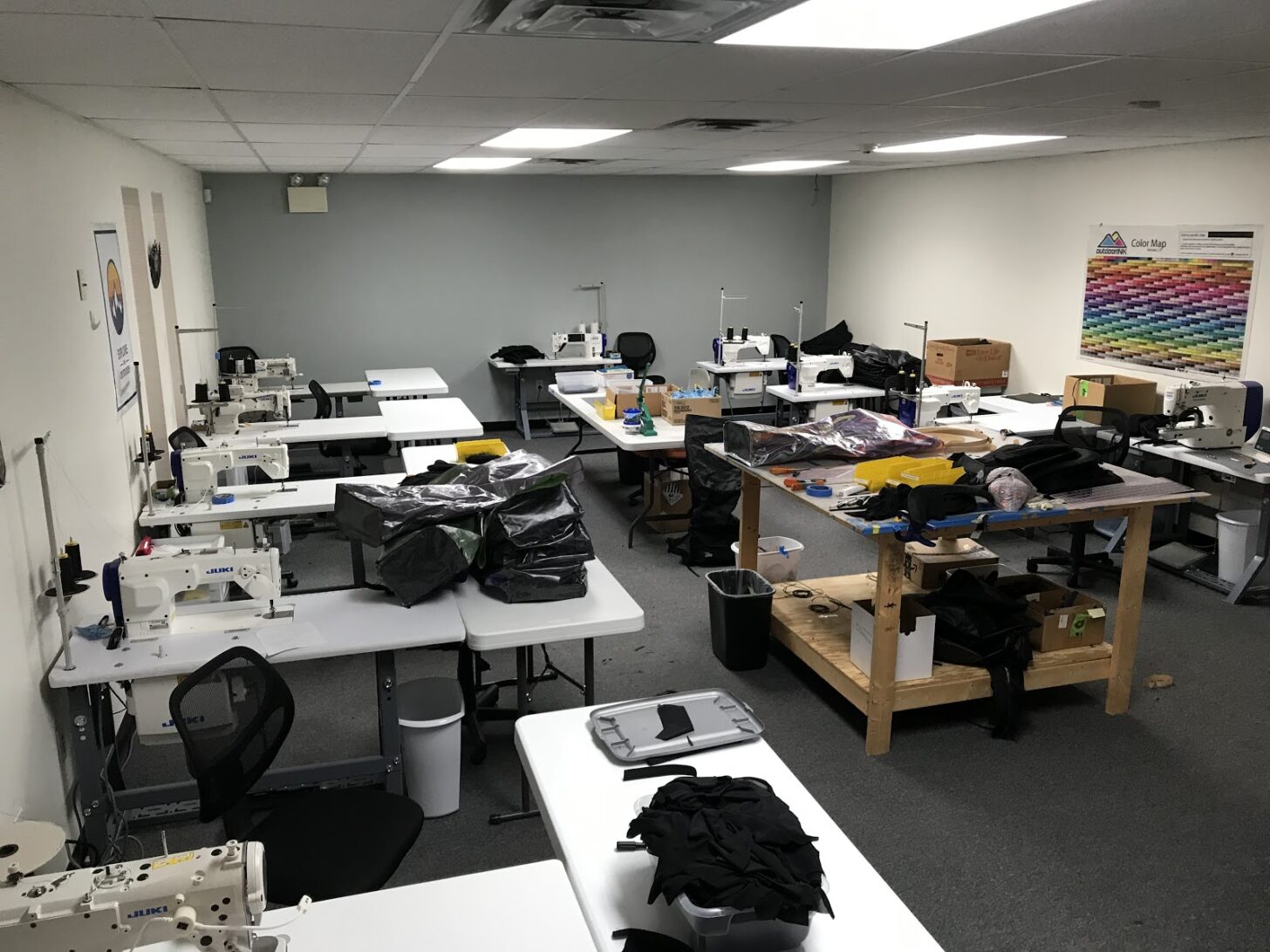
Design-wise, LiteAF packs follow the standard of many cottage-industry packs. They have an open main compartment, a large mesh back pocket, and a focus on accessibility. The shoulder pockets, hip-belt pockets, and water-bottle pockets are designed to be accessed without taking the pack off, and the DCF construction means the material is watertight and abrasion-resistant. Roll-top closures prevent the packs from flopping around as resupply gets lower, and the largest size offered is 46 liters. The packs are customizable—from prints, to pockets, to closures.
Packing Smaller
Aside from the glory of my cat’s face on a pack, 46 liters is a size I‘ve been looking for. I’m prone to overpacking with my 60-liter pack, and I’ve comfortably packed a 45-liter bag on extended trips before. I will note that even with LiteAF’s suspension options, any ultralight pack has a weight limit, and if you aren’t a lightweight (or ultralight) backpacker, you won’t be as comfortable carrying them.

I can’t pinpoint how exactly I came up with the Heisenberg Pack, but it probably has something to do with 2020 as a whole. Regardless of the exact reason, I was not willing to pass up the opportunity to own a pack with a collage of my screaming cat on it. I shall carry this pack with pride, and relish in the opportunity to talk about Heisenberg more than I usually do. And when the conversation naturally turns to dye sublimation, now I’ll be able to contribute.
Related Content
- Read our review of the LiteAF 35L Curve
- Listen to the podcast episodes for Jeff Garmire’s FKTs of the Long Trail and Colorado Trail
- Our community discussed dyeing DCF in a forum post not long ago. Technology is changing quickly!
DISCLOSURE (Updated April 9, 2024)
- Backpacking Light does not accept compensation or donated/discounted products in exchange for product mentions or placements in editorial coverage. Some (but not all) of the links in this review may be affiliate links. If you click on one of these links and visit one of our affiliate partners (usually a retailer site), and subsequently place an order with that retailer, we receive a commission on your entire order, which varies between 3% and 15% of the purchase price. Affiliate commissions represent less than 15% of Backpacking Light's gross revenue. More than 70% of our revenue comes from Membership Fees. So if you'd really like to support our work, don't buy gear you don't need - support our consumer advocacy work and become a Member instead. Learn more about affiliate commissions, influencer marketing, and our consumer advocacy work by reading our article Stop wasting money on gear.

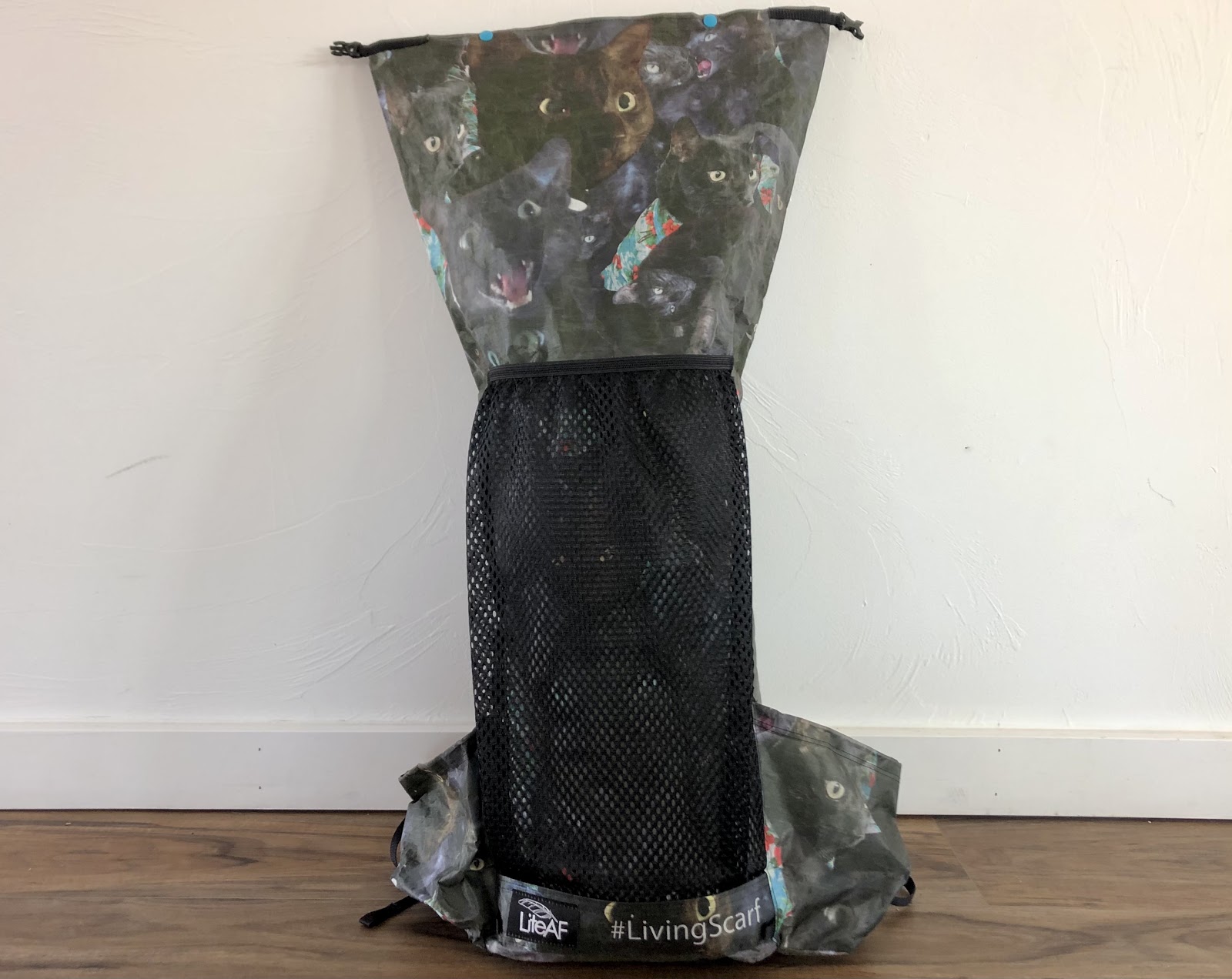


Home › Forums › LiteAF, Printing on DCF, and Screaming Cat Packs